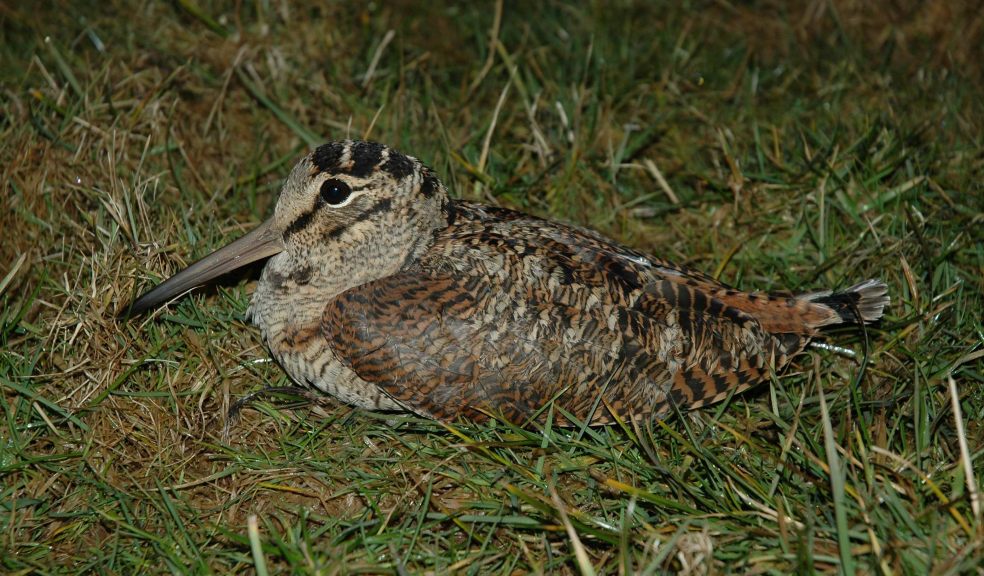
1,000 volunteers needed to count the elusive woodcock
One thousand keen-eyed volunteers are required to count one of the UK's most elusive birds in more than a thousand woods across the UK. The 2013 national woodcock survey is being organised by the Game & Wildlife Conservation Trust (GWCT) and the British Trust for Ornithology (BTO).
The woodcock is a beautifully camouflaged bird, with a long slender bill, that can be identified by its very distinctive flight and call. Because of their secretive nature, there has long been uncertainty about the status of the breeding population of woodcock in this country. Until 1970, breeding woodcock were widespread across Britain and Ireland but in 2002 the woodcock was amber listed as it was believed that the species had suffered a 74 per cent decline in breeding numbers.
To determine whether these birds were under threat, the GWCT and BTO carried out the first ever national count of woodcock in 2003. This revealed that there were about 78,000 male woodcock in Britain.
Dr Andrew Hoodless, an ecologist with the Game & Wildlife Conservation Trust and a world authority on woodcock said, "Our first national survey posed some interesting questions about abundance. In our repeat survey this year we need to identify why Wales and south west England support so few breeding woodcock and why areas such as Kent and Hertfordshire appear to hold rather low densities of woodcock despite having relatively large areas of woodland."
The repeat national survey of woodcock being conducted in May and June this year is calling for more than 1,000 volunteers to take part in this massive research effort to discover how the resident woodcock population has fared over the past ten years.
In total 1,500 randomly selected woodland survey sites will be monitored across England, Scotland and Wales with additional sites to be included for Ireland. Repeat counts from the original 2003 survey will be carried out on 805 sites, while 695 new sites have been added.
Although it is very hard to observe woodcock during the day, they are more conspicuous when displaying at dawn and dusk. The technique for counting woodcock involves standing in a wood at dusk and counting the males as they fly past making their distinctive roding or display calls in search of females, which consist of an unmistakeable series of three to five low croaks followed by a shrill whistle call.
Dr Hoodless said, "This country-wide survey will help us measure the change in the size of the breeding woodcock population since our first major count in 2003. This will help us produce new country population estimates and assess breeding distribution and abundance changes in detail. Woodcock have very specific habitat requirements in the breeding season and the survey will enable us to investigate how changes in woodland habitat and general land use over the past ten years have affected their numbers."
To participate in the Big National Woodcock Count, please visit www.bto.org/woodcock-survey, where all survey information can be downloaded including survey forms, details of survey sites and information on the counting method itself. There are also links from the GWCT website: www.gwct.org.uk

















